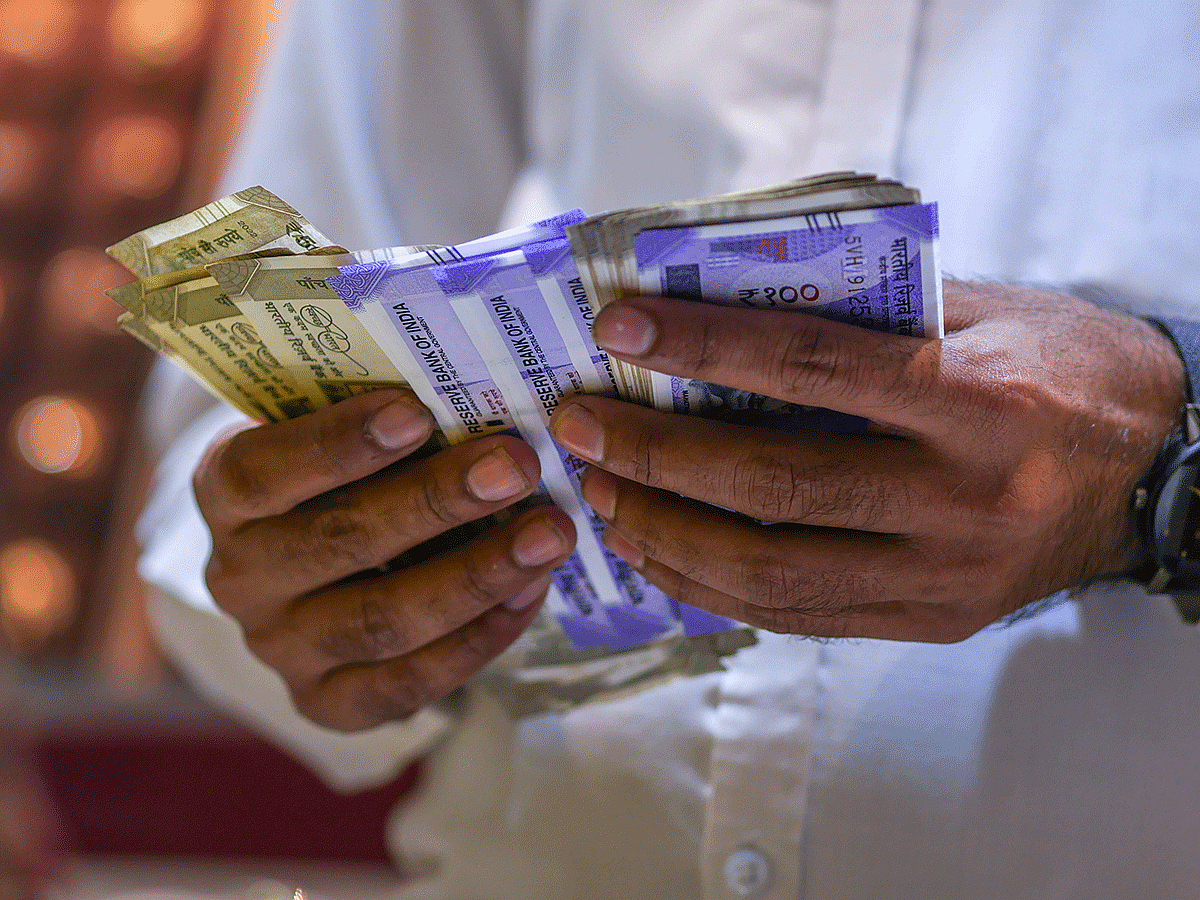US attack on Iran drives Indian rupee to 23.6 vs. UAE dirham: Time to remit?
With rupee at 3-month low, expats in UAE eye rates as tensions rise after US strikes Iran

Dubai: The rupee’s drop spells good news for Indian expats in the UAE—but should you send money now or hold out for even better rates?
The Indian rupee has weakened again—hitting 23.62 against the UAE dirham, its lowest in three months—giving a fresh opportunity to Indian expats in the UAE to make their remittances go further. (Click here to find live Indian rupee remittance rates against UAE dirham.)
The drop came after the US launched a military strike on Iranian nuclear facilities, sending shockwaves through global markets. The US dollar rose briefly, but uncertainty around the conflict’s impact on oil prices and inflation is keeping things volatile.
Why is the rupee falling now?
The rupee’s weakness is tied to a few key factors:
Rising geopolitical tensions in the Middle East
A stronger US dollar following safe-haven demand
Fears that higher oil prices could widen India’s current account deficit
The Reserve Bank of India (RBI) staying mostly on the sidelines, avoiding major intervention
Right now, the rupee is trading around 86.6 per dollar, and analysts say it could head toward 87, pushing remittance rates closer to Dh24 if the conflict worsens.
Expats already hitting ‘send’
Indian expats in the UAE aren’t waiting around. Since the rupee touched 23.5 levels, remittances have picked up sharply. Many remember when the rupee stayed strong around 23.0–23.1 in April and May, limiting how much families back home received.
“Wherever spare funds are available, Indian expats have been sending money home since late last week,” said a UAE-based currency dealer.
In June, remittances are typically slower as families save up for summer travel expenses, but this time, the exchange rate is too tempting to ignore.
Could rates get even better?
Yes—but only if the geopolitical situation gets worse and the US dollar weakens further.
According to Dhiraj Nim, strategist at ANZ, “The 87 level is very much on the cards if Middle East tensions rise and the crisis becomes a regional one.” That would mean a potential exchange rate of Dh24 or even better.
However, such a move could also trigger RBI intervention, as policymakers wouldn’t be comfortable with a freefalling rupee. If that happens, it might cap how far rates can improve.
What are analysts saying?
Bank of Baroda expects the rupee to trade between 85.25 and 86.25 in the near term but warns of downside risks if the conflict escalates.
MUFG Bank says the RBI will likely act if the rupee breaches the 87 mark.
Barclays notes the rupee is one of the most sensitive currencies to oil prices and capital outflows.
“A sharp drop to 87 will prompt RBI to step in. But if it happens, remitters may benefit before any rebound,” said Michael Wan of MUFG Bank.
Bottom line: Remit now or wait?
If you’ve been waiting for a good time to send money to India, this may be it. The 23.6 level is already more favourable than what we’ve seen in recent months.
However, if you believe the situation between Iran and Israel could escalate—and that the rupee could hit 23.8 or even 24—you might choose to wait.
That said, don’t wait too long: a sudden RBI intervention or shift in global sentiment could pull rates back down quickly.
Final word for UAE expats
If you have spare funds and need to send money home in the next few weeks, locking in current rates might be wise. But if you’re willing to gamble on more rupee weakness, keep watching the headlines.
The more the conflict drags on, the more likely we’ll see favourable remittance rates—but expect volatility too.
Let me know if you want a visual chart showing the rupee trend against the UAE dirham or a real-time rate tracker.
Sign up for the Daily Briefing
Get the latest news and updates straight to your inbox
Network Links
GN StoreDownload our app
© Al Nisr Publishing LLC 2025. All rights reserved.